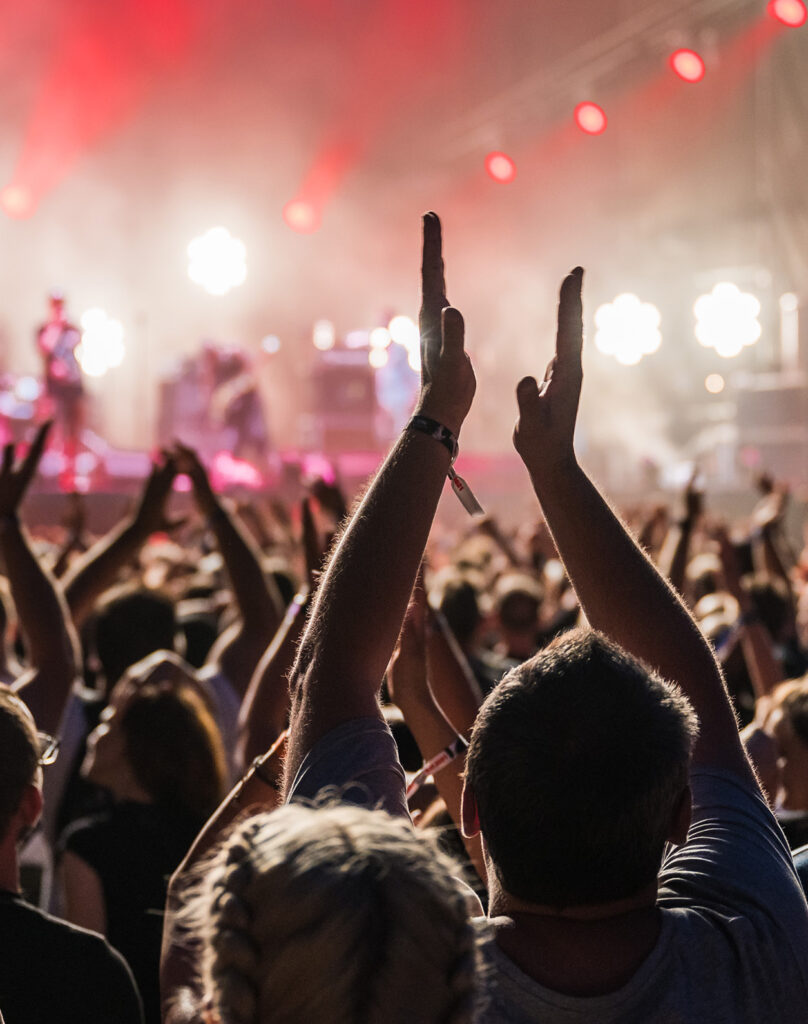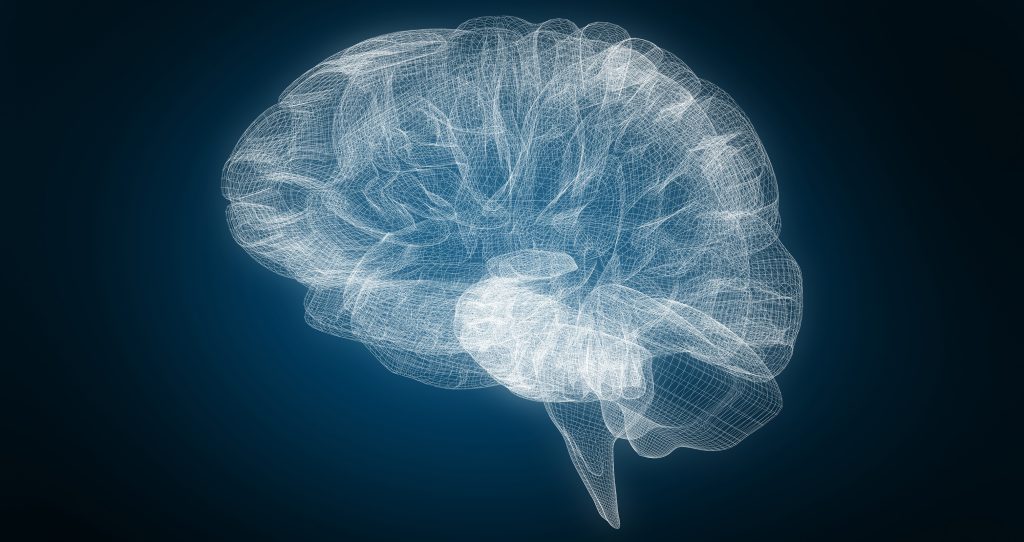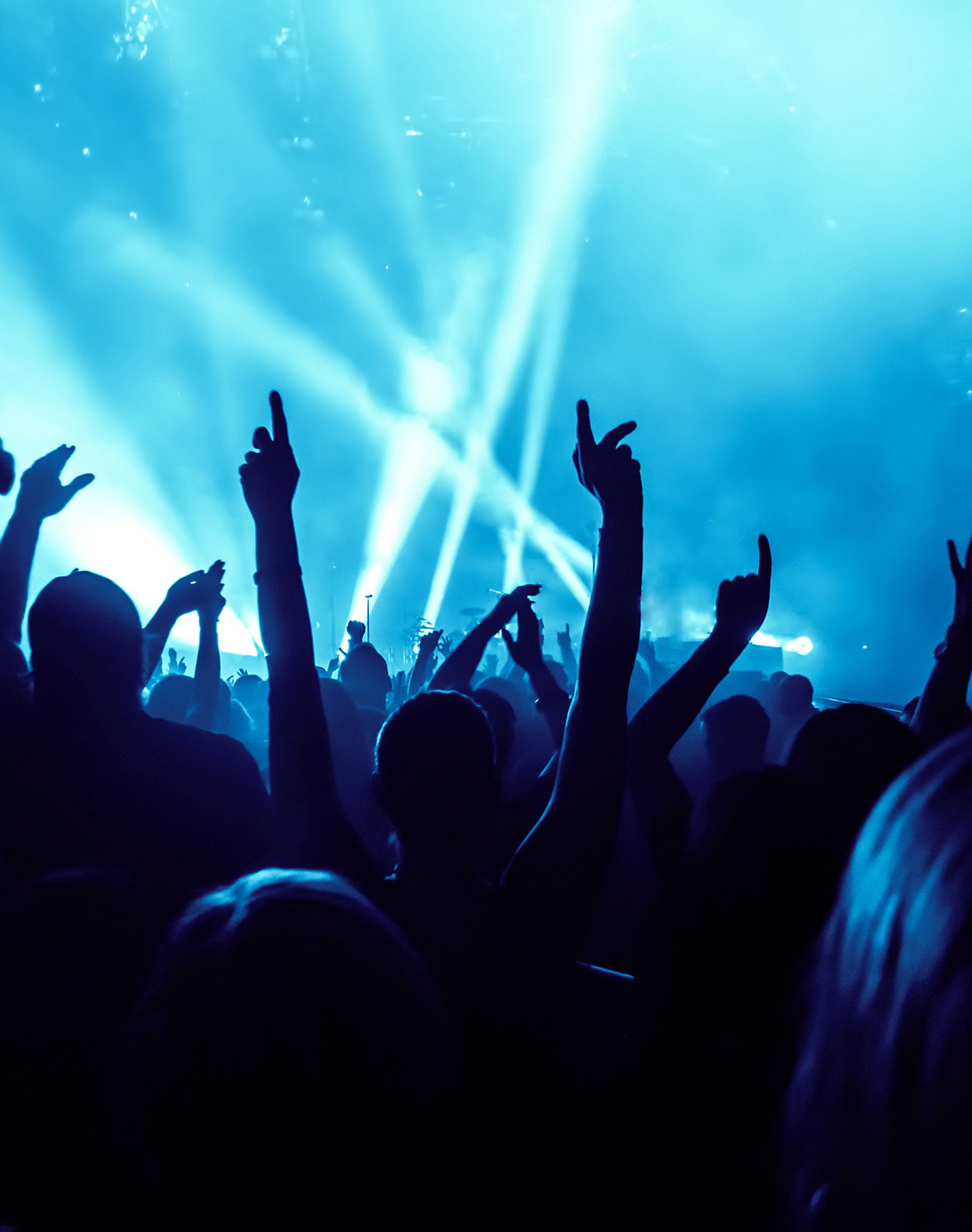Article
Live Music vs. Recorded Tunes: The Brain’s Verdict is In Research reaffirms what music enthusiasts have always felt instinctively: there is something special about live music

Imagine standing amidst a sea of people, the air electric with anticipation, as the first notes from a live performance pierce the silence. There is an undeniable magic in live music, an experience that, as science now confirms, resonates more deeply within our brains than any recorded track ever could. Recent neurological research has catapulted us into a new understanding of how our brains process the emotions conveyed by music, revealing that live performances hold a unique power to stir our neural circuits more intensely and consistently than their recorded counterparts.

For years, neuroscientists have utilized recorded music to sketch out how our brains navigate the complex world of musical emotions. This research has laid the groundwork for understanding the brain when interacting with music. However, it turns out we have been listening with one ear closed. Recorded music, with its static and immutable nature, cannot capture the dynamic interplay of a live performance, where the energy of the moment and the connection between artist and audience elevate the experience to something transcendent. This is not just conjecture; it is backed by research.
Scientists have leaped forward by examining the impact of live music on the brain, employing a cutting-edge closed-loop neurofeedback setup. This system connects musicians directly with their audience’s neural responses, allowing performers to adapt their music in real time based on live feedback from listeners’ brains. The focus of this feedback? The amygdala is a critical player in our brain’s emotional processing unit. The findings are as clear as they are groundbreaking: live music, especially when adapted to the listeners’ amygdala responses, generates significantly higher and more consistent activation in this critical brain region than pre-recorded tunes.
But the revelations do not stop there. We understand, better than ever, the brain’s faculties for musical emotion, that live music does not just tickle the amygdala; it sets off a cascade of activity across a broad network that processes emotions. This includes notable areas like the ventral striatum, known for its role in aversive coding when unpleasant music plays, and the thalamic pulvinar nucleus, which helps regulate attention and emotional flow during a live performance.

The methodology is as fascinating as the findings. Professional pianists performed pieces composed to elicit specific emotional responses, both pleasant and unpleasant, while their music’s impact was measured in real-time through functional MRI. This live performance setup starkly contrasted with the static nature of recorded pieces, revealing not just differences in brain activation but also in the music itself. Live performances, driven by immediate neurofeedback, were acoustically distinct from their recorded versions, richer in emotional nuance and complexity.
The implications of these findings are vast, extending beyond the concert hall and into areas like therapy, where the emotional potency of live music could be harnessed for psychological well-being. This research highlights music’s profound power as a universal language of emotion, capable of bridging the gap between the tangible world and the inner workings of our minds.
Moreover, the study illuminates the crucial role of the amygdala in mediating our emotional responses to music, responding not just to the melody and rhythm but to the live, breathing essence of performance. It is a dance of dynamic interaction, where the emotional expressions of musicians resonate directly with the listener’s affective brain, highlighting the shared, communal nature of musical experience.
This research reaffirms what music enthusiasts have always felt instinctively: there is something special about live music. It is not merely the absence of studio polish or the visual spectacle of a performance but the raw, unfiltered emotional exchange between artist and audience that lights up our brains like nothing else. As we go deeper into the neural choreography of musical emotion, we not only deepen our appreciation for the art form but also for the extraordinary capacity of our brains to feel, connect, and be moved by the profound power of live music.


